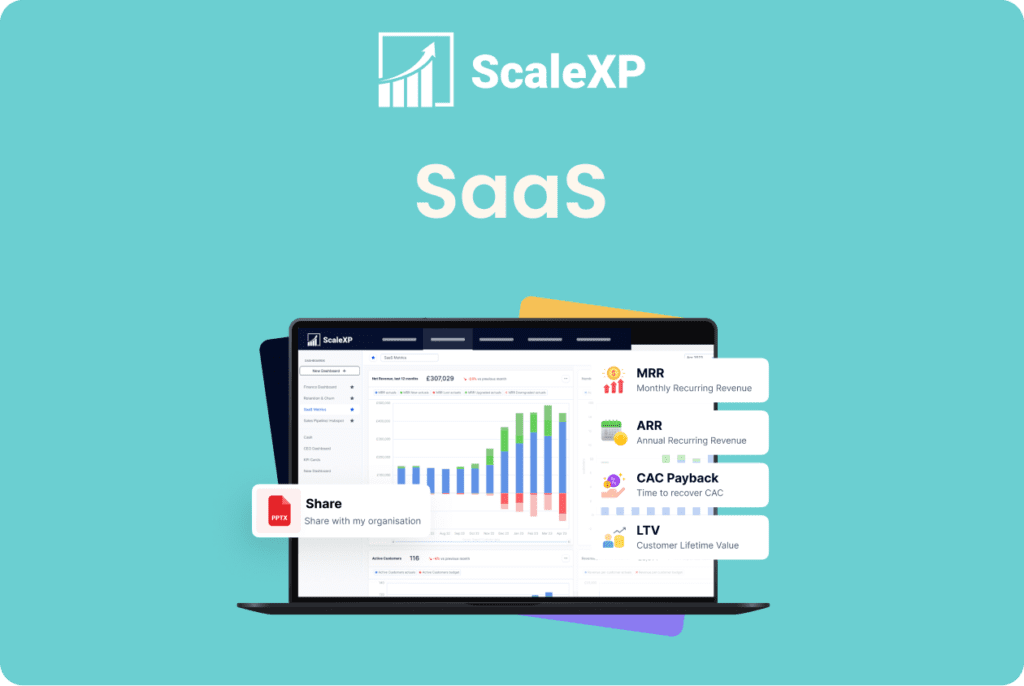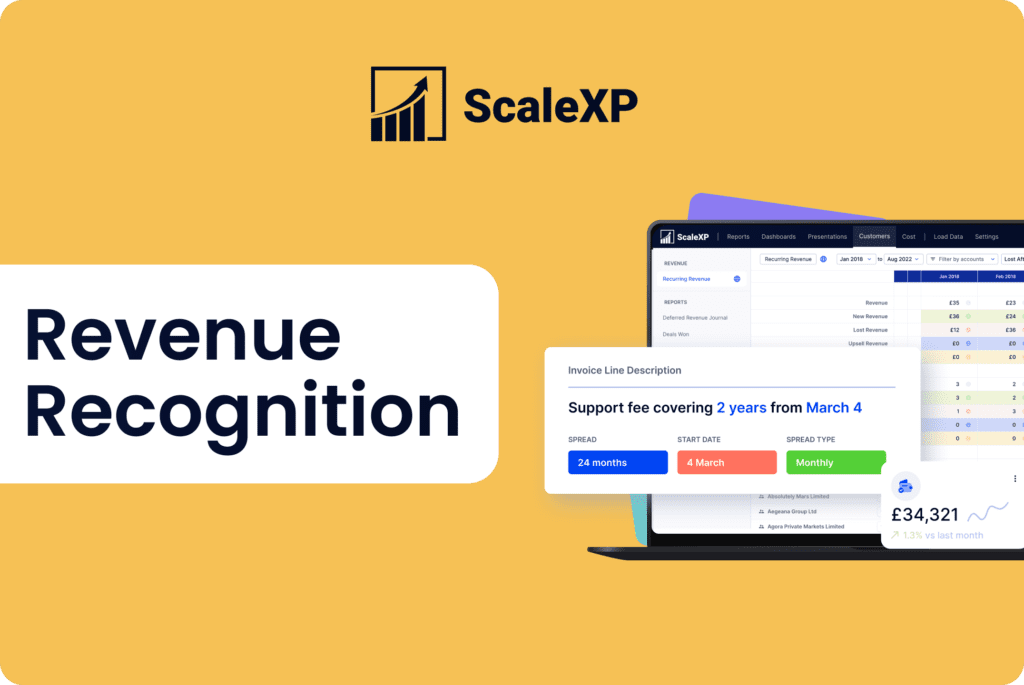Introduction
For SaaS companies, managing finances efficiently is crucial to ensuring stable growth and operational success. One often overlooked aspect of financial management is handling prepayments. Prepayments, also known as deferred expenses, are amounts paid for goods or services that will be received in the future. Managing prepayments effectively is essential for maintaining accurate financial records and optimising cash flow in SaaS companies. In this article, we will delve into the intricacies of prepayments for SaaS companies, and explore effective strategies for managing prepayments accounting and software.
Understanding prepayments
Prepayments occur when a company pays for goods or services at least partially in advance, that is, before they are consumed or used. They often occur when a supplier bill is received at the start of a useage period which is more than one month, for example, covering a quarter or a year. These typically include expenses such as rent, insurance premiums, and subscriptions. Although the company may have made the full payment in the month of the invoice, some or all of the services are yet to be rendered at the end of the month invoiced. Therefore most or all of the invoiced amount is not an expense in the current month, but rather an asset on the balance sheet reflecting the fact that the supplier has services owed for which the company has already paid. This creates an asset on the balance sheet until the services are provided. Properly accounting for prepayments is essential to avoid distorting financial statements and misleading stakeholders.
Best practices in prepayments accounting
- Separate prepayments from costs incurred for services rendered – It’s essential to distinguish prepayments from recognised expenses. Create a separate account on your balance sheet to track prepayments, ensuring clarity in financial reporting.
- Amorisation schedules – Understand and record the time period over which expenses should be recognised. Instead of recording prepayments as an expense all at once, amortise them over the relevant period. This approach aligns expenses with the time frame during which the benefits are realised.
Prepayments accounting software
Making use of a specialised software platform, like ScaleXP, can significantly streamline your accounting processes and prepayments management. Consider the following advantages of using prepayments software:
- Centralised tracking – Prepayments software allows you to track and manage prepayments and deferred revenue from a single, centralised platform. This enhances visibility and reduces the chances of errors.
- Automated amortisation – This not only saves time but also reduces the chances of manual errors. Features such as automated journal entries for amortisation reduce manual workload and enhances accuracy.
- Integration capabilities – Integrates with your existing accounting systems. This ensures a smooth flow of data and prevents duplication of effort.
- Customisable reporting – The ability to generate customised reports related to prepayments, revenue recognition, and liabilities is a valuable asset. Tailored reports provide insights that aid decision-making.
- Scalability – As your SaaS business grows, the volume of prepayments will also increase; choose a system that can handle scalability without compromising accuracy.
Conclusion
Effectively managing prepayments is integral to maintaining financial clarity and compliance as well as optimising cash flow. With the right strategies and prepayments software in place, you can confidently navigate the complexities of prepayments accounting while focusing on delivering exceptional services to your customers. If you’d like to find out how ScaleXP can help to streamline your prepayments, book your free demo here.






